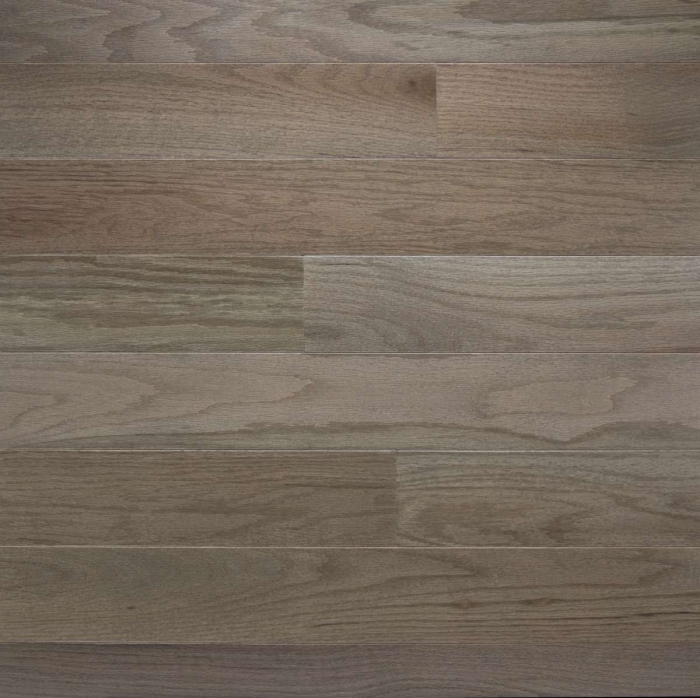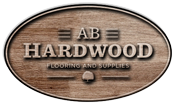Wood floors come in many types. In addition to traditional woods such as oak, birch, cherry, walnut and maple, many homeowners are now choosing bamboo for it’s durability, sustainability and affordability. While technically not a wood but a grass, bamboo cures to a hardness that rivals oak, and grows quickly, making it an environmentally sustainable product. You always have options, especially when your local hardwood store like us is offering so many different varieties of wooden floors.
What’s the difference between red oak flooring and white oak flooring?There is a noticeable difference between a red and a white oak floors. Here is some information that you mind use while choosing your perfect floors :
1. Color – red oak has a bit of a pinkish tint is a little bit lighter than white oak. White oak tends to be a bit browner, darker and more yellow. When you stain them, the difference between the 2 species decreases, especially the darker you go. With lighter stains, the red oak tends to have a bit of red undertone in the color.
2. Graining – red oak tends to have stronger graining than white oak hardwood. White oak has a bit of a smoother look. Some people prefer the strong graining of red oak – both because they like the look and because the strong graining helps hide the scratches and dents; other prefer the slightly smoother grain of white oak and feel it’s a less busy look
3. Hardness – white oak flooring is a bit harder than red oak. On the Janka hardness scale, White oak is 1360 and red oak is 1290. But, as I mentioned above, even though red oak is a bit less hard, it tends to show the dents a bit less.
4. Compatibility with stair treads and accessories – Red oak is more common in stair treads, saddles, banisters and other transitions. If you have oak stair treads already in your home, chances are, they are red oak, so you may be better served matching that. If you need to get new stair treads or other transitions, they are usually more readily available (and hence lower priced) in red oak.
We carry Soemrset Flooring Brand - Vertically Integrated—from the Forest to the Finished Product.
Somerset processes millions of board feet of lumber a year. Throughout our operations, including our own lumber manufacturing, and drying, milling, and finishing of hardwood flooring, we maintain control over the entire process. This is an important reason we are able to consistently produce quality products that we can be proud of and you can be confident in.Visitr our showroom today! 






